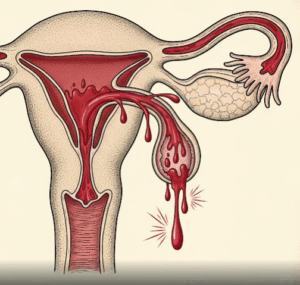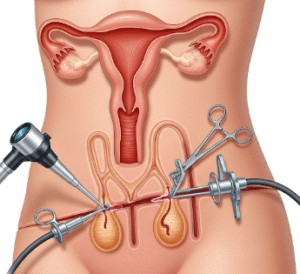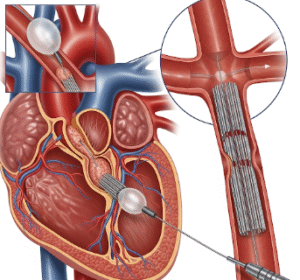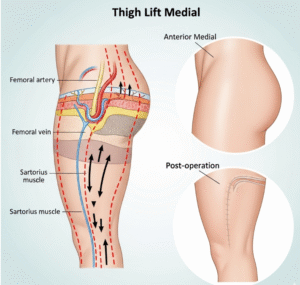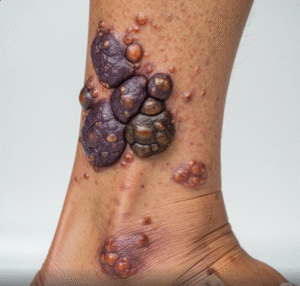Overview
Retinal Hemorrhage is a condition characterized by bleeding in the retina, the light-sensitive tissue at the back of the eye. This bleeding can impair vision and, if untreated, may lead to serious eye complications or vision loss. In Korea, advanced diagnostic technologies and specialized ophthalmologic treatments are widely available to accurately diagnose and manage retinal hemorrhages, helping patients preserve their vision.
What is Retinal Hemorrhage?
Retinal Hemorrhage occurs when blood vessels within the retina rupture and leak blood into the retinal layers. This can happen due to trauma, vascular diseases, or systemic conditions. The severity of vision impairment depends on the location and extent of the bleeding.
Symptoms
- Sudden appearance of floaters or spots in vision
- Blurred or distorted vision
- Dark or red shadows in the field of vision
- Vision loss in severe cases
- Sensation of a curtain or veil over part of the visual field
Causes
- Trauma or injury to the eye or head
- Diabetic retinopathy (damage from diabetes)
- Hypertensive retinopathy (high blood pressure related)
- Retinal vein occlusion (blockage of veins in the retina)
- Blood disorders affecting clotting
- Age-related macular degeneration
- Prematurity in infants (especially in neonatal retinal hemorrhage)
Risk Factors
- Diabetes mellitus
- High blood pressure (hypertension)
- Eye trauma or accidents
- Blood clotting disorders
- Premature birth in infants
- Smoking and unhealthy lifestyle
- Advanced age
Complications
- Permanent vision loss if bleeding affects the macula or is extensive
- Retinal detachment in severe cases
- Development of scar tissue on the retina (fibrosis)
- Glaucoma due to increased eye pressure
- Recurrence of hemorrhages leading to chronic eye problems
Prevention
- Control of underlying systemic conditions like diabetes and hypertension
- Protective eyewear to prevent trauma
- Regular eye check-ups, especially for high-risk patients
- Healthy lifestyle to maintain vascular health
- Early treatment of retinal diseases and prompt management of eye injuries
Treatment Options in Korea
Korea provides comprehensive care for retinal hemorrhage with cutting-edge technology and expert ophthalmologists.
- Diagnosis: High-resolution retinal imaging, such as optical coherence tomography (OCT) and fluorescein angiography, to assess the extent and cause of hemorrhage.
- Medical Treatment: Management of underlying diseases (e.g., diabetes, hypertension) to prevent progression.
- Laser Therapy: Laser photocoagulation to seal leaking blood vessels and prevent further bleeding.
- Intravitreal Injections: Medications injected into the eye to reduce swelling and bleeding, such as anti-VEGF drugs or steroids.
- Vitrectomy Surgery: In severe cases, surgical removal of blood and vitreous gel from the eye to restore vision.
- Regular Monitoring: Follow-up visits for assessing healing and preventing complications.


